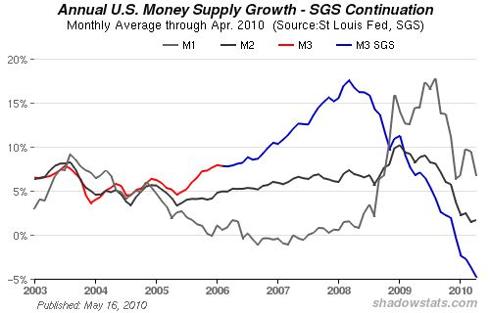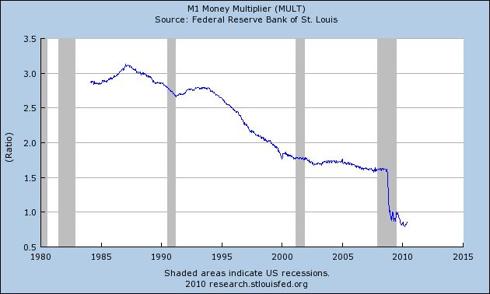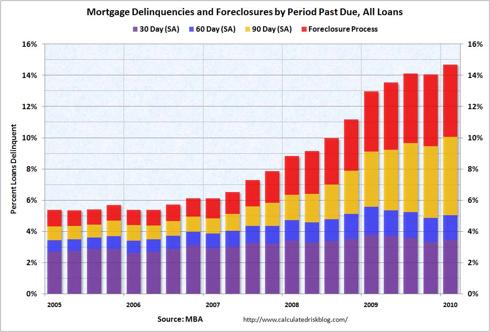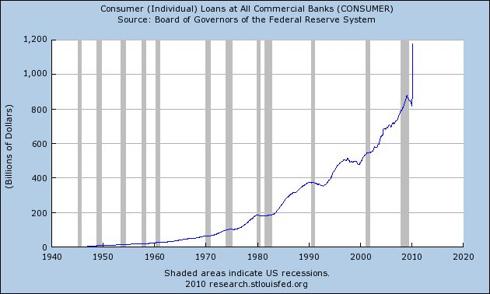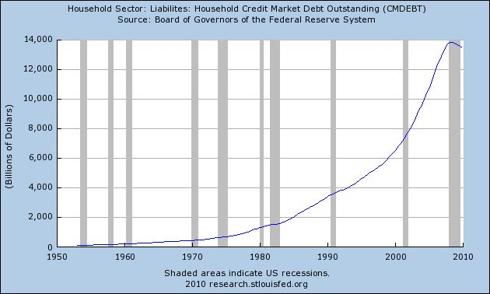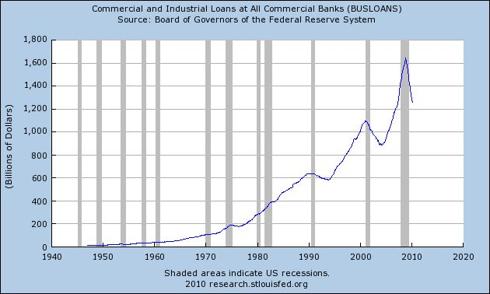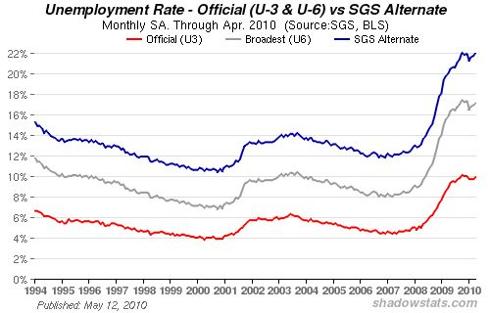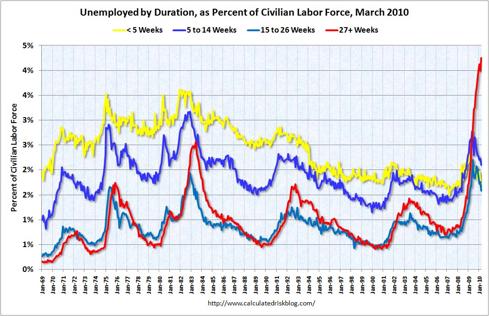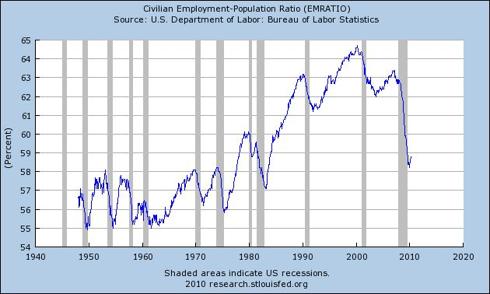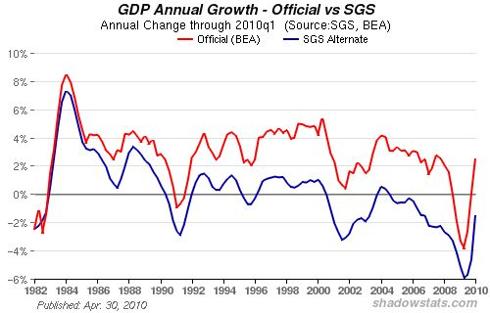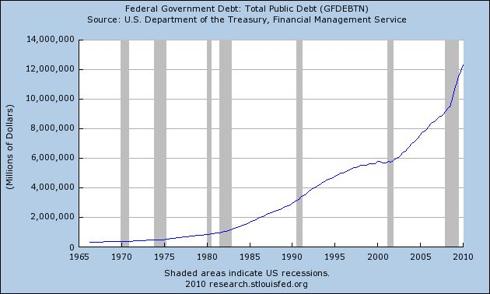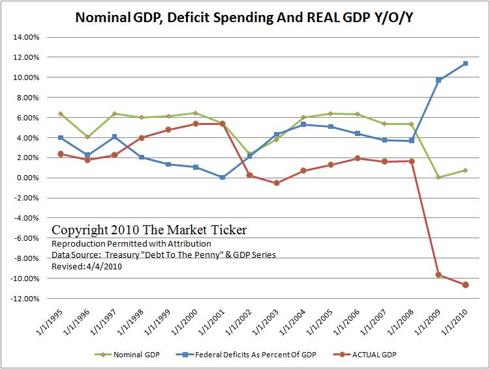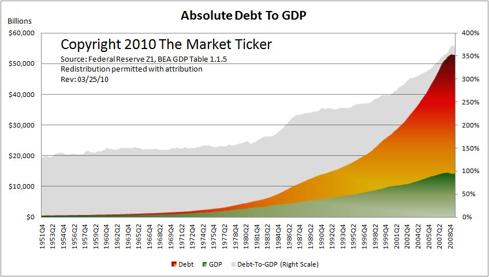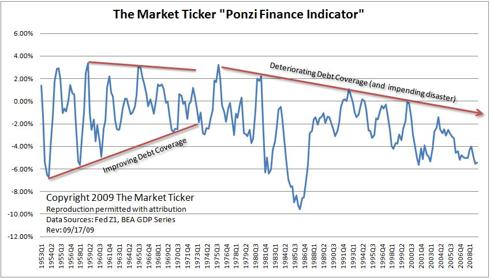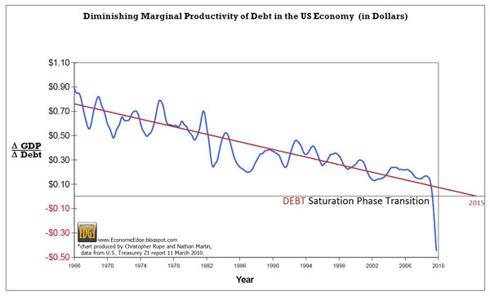OPERATION GULF GREASE: Problem, Reaction, Solution to implement Agenda 21?
June 21, 2010
newswithviews.com
In the days prior to the Gulf drilling operation and ensuing environmental catastrophe, I remember thinking just how odd and out of

What is the United Nations' Law of the Sea Treaty? Click image and read the details.
character it was that Barack Obama had announced his approval for more offshore drilling. On April 1st, The Washington Post quoted Interior Secretary Ken Salazar as saying the administration had broached “a new direction” in energy policy. [1]
Had Obama lost his mind? Had he had some sort of religious experience? This was a president who campaigned against traditional energy sources in favor of so-called “sustainable” alternatives such as wind, solar, etc. This was a president who banned offshore drilling as one of his first acts in executive office.[2] This was a president who admitted in a meeting with the San Francisco Chronicle in January of 2008 that it was his plan to use a Cap and Trade system to cause energy prices to “necessarily skyrocket” in order to force people to transition to “green” technologies. “Under my plan of a cap and trade system, electricity rates would necessarily skyrocket,” Obama stated as documented in a YouTube video. [3]
Hence, the shock at the sudden “turnabout” in energy policy. True, the vast majority of Americans do support drilling for oil as a counterweight against increasing dependence upon the perpetually troubled Middle East and its OPEC cartel. But since when has any president in recent history paid attention to the opines of their electorate?
Now, as the days turn into weeks, and weeks into months — and the oil continues to gush in the Gulf with no sign of ever letting up — Obama has used the crisis as an excuse to not only ban offshore drilling,[4] but also to clamor for passage of his “cap and trade” energy bill.[5] Politico has cited opinion polls that suggest public support for drilling may be eroding.[6]
Was this the Hegelian plan all along? To foment a crisis in the Gulf to condition the masses that the world must adopt Agenda 21 “sustainable development” as its model for energy or pay the environmental consequences? Before you dismiss this notion as insanity, there are many troubling questions that demand answers. Questions that imply foreknowledge and planning. Questions of “coincidence.”
For example, is it “coincidental” the numerous incredible financial and business transactions that took place in the days, weeks, and months prior to the rig explosion?
We know the ties between British Petroleum and Goldman Sachs run deep. Peter Sutherland, the chairman of Goldman Sachs International also served as chairman of BP right up until last year, according to a 2009 bio on the site of the Trilateral Commission. It says,
“Peter Sutherland is chairman of BP plc (1997 – current). He is also chairman of Goldman Sachs International (1995 – current). He was appointed chairman of the London School of Economics in 2008. He is currently UN special representative for migration and development. Before these appointments, he was the founding director-general of the World Trade Organization. He had previously served as director general of GATT since July 1993 and was instrumental in concluding the Uruguay GATT Round Negotiations.”[7]
On April 30th, The Huffington Post published a satire piece about Goldman Sachs, who was embroiled in a Congressional probe over the present and pending financial meltdown just days before the Gulf disaster stole the headlines. The spoof article titled, Goldman Sachs Reveals It Shorted Gulf of Mexico, was actually mistaken by some as a legitimate news story. Written by a comedian, the satirical article said,
“In what is looming as another public relations predicament for Goldman Sachs, the banking giant admitted today that it made ‘a substantial financial bet against the Gulf of Mexico’ one day before the sinking of an oil rig in that body of water.”[8]
After this gag piece was published, various independent researchers began checking into the financial transactions of Goldman. What they found turned out to be a case of art imitating life.
Sterling Allan reported in The Examiner on May 5th,
“It turns out that Goldman Sachs really did place shorts on TransOcean stock days before the explosions rocked the rig in the Gulf of Mexico sending stocks plunging while GS profits soared — benefitting [sic] once again from a huge disaster, having done the same with airline stocks prior to 911 then again with the housing bubble.”[9]
It’s important to note the cozy relationship between Goldman Sachs and the Obama administration. According to McClatchy, while Goldman Sachs was under fire from the Securities and Exchange Commission, and their lawyers were in negotiations with the regulatory agency, Goldman CEO Lloyd Blankfein was a repeated visitor to the White House. He attended events with Obama and met with Larry Summers, Obama’s top economic advisor. Obama’s 2008 campaign benefited from $994,795 worth of campaign donations from Goldman employees and their relatives.[10] The Gulf disaster, coming on the heels of the Congressional hearing and SEC “investigation,” served to distract attention from the ongoing financial fraud and economic meltdown caused by Goldman and others.
We now know from John Byrne at Raw Story that prior to the Gulf oil mess, not only did Goldman Sachs short shares of TransOcean, the owner of the failed Deepwater Horizon rig, they also ditched 4,680,822 shares of BP stock, worth $250 million and representing 44% of their holdings. “Goldman’s sales were the largest of any firm during that time,” writes Byrne. “Goldman would have pocketed slightly more than $266 million if their holdings were sold at the average price of BP’s stock during the quarter.”[11]
Byrne also noted other financial institutions that also dumped BP holdings.
“Other asset management firms also sold huge blocks of BP stock in the first quarter — but their sales were a fraction of Goldman’s. Wachovia, which is owned by Wells Fargo, sold 2,667,419 shares; UBS, the Swiss bank, sold 2,125,566 shares.”[12]
If that weren’t enough of a “coincidence,” we also had The Telegraph out of London reporting that the chief executive of BP, Tony Hayward, also sold 223,288 shares, worth £1.4 million of stock in his own company (over $2 million) on March 17th — only weeks before the BP Gulf mess. The paper noted that by doing so he “avoided losing more than £423,000 ($614,449) when BP’s share price plunged after the oil spill began six weeks ago.”[13] He took the money and paid off the mortgage on his family mansion in Kent.
At this point, a question should be coming to mind: What did these people know that the rest of us didn’t? How is it that stock in BP and Transocean suddenly seemed so unattractive to those closest to the disaster? Ah, the coincidences! But it gets even better.
On April 10th, The Houston Chronicle reported that Halliburton — the company of which former Vice-President Dick Cheney was CEO — was in the process of acquiring Boots & Coots. Reuters reported that the deal was announced on Friday, April 9th — just eleven days prior to the explosion.[14] The Chronicle noted that “Boots & Coots has become well known for putting out some of the world’s largest oil and gas fires.”[15] The company’s website lists services they provide, including “deepwater application and well inspections, as well as blowout prevention and control counsel or assistance…”[16] According to the Orlando Sentinel, their expertise is already being put to use in the Gulf, as they are “one of two primary companies designing relief-well strategies for the BP blowout.”[17]
So when the acquisition deal is formerly approved by the government, Halliburton — the company famous for profiting from no-bid government contracts in war zones — will have collected for themselves yet another “slick” profit.
This is especially intriguing in light of the fact that, according to NPR, Halliburton’s cementing work — completed only hours prior to the explosion — has become a “central focus” of the Congressional investigation.[18] The Wall Street Journal quotes unnamed “experts” as saying the timing of the cementing in relation to the blast “points to it as a possible culprit.”[19]
But Halliburton isn’t the only company that stands to make a killing off the crisis. The Times Online out of the UK reported that TransOcean itself took out a $560 million insurance policy on the Deepwater Horizon rig. The dollar amount was well above the rig’s value. According to the paper, insurance payouts amounted to a $270 million profit from the disaster.
“The windfall, revealed in a conference call with analysts, will more than cover the $200m that Transocean expects to pay to survivors and their families and for higher insurance costs.”[20]
A number of people have questioned why Corexit — a chemical banned in the UK[21] and is much more toxic than the oil itself — was used as a dispersant in the Gulf. Assuming for the moment that chemical dispersants had to be used, the New York Times reported on May 13th:
“Of 18 dispersants whose use EPA has approved, 12 were found to be more effective on southern Louisiana crude than Corexit, EPA data show. Two of the 12 were found to be 100 percent effective on Gulf of Mexico crude, while the two Corexit products rated 56 percent and 63 percent effective, respectively. The toxicity of the 12 was shown to be either comparable to the Corexit line or, in some cases, 10 or 20 times less, according to EPA.”[22]
Yet, despite the EPA data ranking it “far above dispersants made by competitors” for toxicity, BP chose to dump more than 400,000 gallons of Corexit into the Gulf, order 805,000 more gallons with plans of hundreds of thousands of additional gallons should the spewing continue. Why?
The answer may lie in the fact that not only has Corexit production benefited BP and Exxon Chemical Company, it also has ties to the very same banking company that somehow knew to sell nearly half its holdings in BP stock just prior to the disaster — Goldman Sachs. Cassandra Anderson of Morph City connects the dots to the economic ties between the oil industry and the bankers.
“Corexit is produced by NALCO, originally named the National Aluminate Corporation, which formed a limited partnership with Exxon Chemical Company in 1994. Ondeo Nalco was purchased by Goldman Sachs, Apollo and Blackstone in 2003 and is currently a publicly traded company. Given NALCO’s business ties, it seems that safe and natural cleanup methods were avoided in the Gulf to pursue an economic agenda. The use of Corexit in Alaska, after the Exxon Valdez disaster, resulted in toxicity to humans that included respiratory, nervous system, liver, kidney and blood disorders.”[23]
They say that history repeats itself. We know from wire reports that all 125 fishing boats had to be recalled from Gulf cleanup efforts after workers aboard began “experiencing nausea, dizziness, headaches and chest pains.”[24]
What’s going on here? Is the Gulf being poisoned on purpose to enhance corporate profits? Or has this crisis been orchestrated by the illuminists in order to force the United States to ratify the Law of the Sea Treaty (LOST) which would cede control of the oceans — over 70 percent of the planet’s surface — to the United Nations?
One must always keep in mind that Agenda 21 is the game plan for all that happens in the world today. The Hegelian dialectic is the means by which that game plan is implemented — creation of a crisis to condition the minds of the people that an undesired change is necessary, creation of their own controlled opposition to the crisis, finally the introduction of their pre-determined solution.
Chapter 17 of Agenda 21 deals with “Protection of the Oceans, all Kinds of Seas, Including Enclosed & Semi-enclosed Seas, & Coastal Areas & the Protection, Rational Use & Development of their Living Resources.” Who will determine what constitutes “rational use” of the oceans and their resources? If the LOST is ratified, it will be the United Nations.
In July 2009, State Department official Margaret Hayes told the New York Times that the Obama administration was in the process of working to “craft a plan to ratify the U.N. Convention on the Law of the Sea.”
“President Obama is strongly in favor of the United States becoming a party to the Law of the Sea Convention,” Hayes was quoted as saying. “There is discussion going on as to the exact timing of when they might have a hearing and when they might proceed to have the full Senate consider accession.”[25]
The Times goes on to report that the administration is continuing a multi-year mapping of the sea floor in the Arctic in preparation to stake a claim under the LOST.[26]
Furthermore, the World Ocean Council, an alliance of multi-national businesses that are dedicated to ocean “sustainability,” is having its “Corporate Ocean Responsibility” meeting this month — conveniently on the heels of a major maritime disaster. The Sustainable Ocean Summit is described as “the first international, cross-sectoral ocean sustainability conference for the private sector – [that] will catalyze the growing interest among ocean businesses for more effective leadership and collaboration in addressing ocean environmental challenges.”[27] It just so happens that two of the founding members of the World Ocean Council are ExxonMobil and TransOcean.[28]
That the crisis in the Gulf may have been planned and executed with the intention of profiting from it while pushing an environmental control agenda, might explain the pathetic federal response after the disaster. [NWV POLL: Was the Gulf oil spill deliberately created?]
Three days after learning of the Gulf gusher, the Interior Department Chief of Staff Tom Strickland left for the Grand Canyon with his wife and went white water rafting.[29] The Department of the Interior is charged with the task of coordinating federal response to a major oil spill. Yet, Strickland’s priorities were elsewhere.
The “In-Situ Burn” plan was developed by the federal government in 1994 to deal with oil spill disasters in the Gulf, and calls for the immediate use of fire booms. Had the plan been followed, it might have prevented oil from reaching the shoreline. A single fire boom can burn up to 1,800 barrels or 75,000 gallons an hour. Yet, despite the plan, not one fire boom was available anywhere in the Gulf at the time of the incident.[30] [31]
On May 11th, ABC News reported that the U.S. Coast Guard conducted operations in the Gulf, simulating a major oil spill and practicing federal response to it a mere three weeks prior to the real disaster.[32] What was the purpose of the simulation? Obviously, it wasn’t to improve federal response.
In 2002, there was a similar practice operation which ABC describes as “eerily similar” to the current disaster. Lack of experience, poor communications, conflicting roles, and a need for new technology were cited. None of the recommendations were ever put into place.[33]
Wire reports from the Associated Press have said that workers aboard the rig were forced to sign statements that they hadn’t witnessed the explosion. They were told they couldn’t go home, nor could they make phone calls and talk to their friends and family until they signed the statements indicating they had no “first hand or personal knowledge” of the incident.[34]
We now have private military contractors deployed from Wackenhut — the military contractor infamous for its employees’ drunken brawls and vodka shots taken out of each other’s backside — guarding the perimeter of the Deepwater Horizon Unified Command.
Respected attorney Ellen Brown has written about empty Wackenhut buses with prison bars on the windows being driven around for no apparent reason in Arizona. Your writer has personally talked to other people who have seen these buses. Ellen wrote last year:
“The new Wackenhut operation is shrouded in mystery. It has been running its fleet of empty prison buses night and day, apparently logging miles on a Department of Homeland Security (DHS) contract. Multiple buses can be seen driving all over town and even on remote desert back roads. Oddly, except for the driver and one escort guard seated in front, these buses appear to be empty.”[35]
Network news media have been complaining of being harassed and threatened by the security contractors for shooting video of the coast,[36] [37] which we’re told may soon become uninhabitable. Will Wackenhut buses be utilized to relocate mass numbers of people out of the coastal states?
It’s shaping up to be an interesting summer.
 the country’s breakneck pace of growth is causing concern over rising prices.
the country’s breakneck pace of growth is causing concern over rising prices.